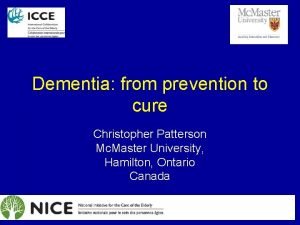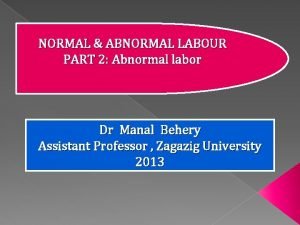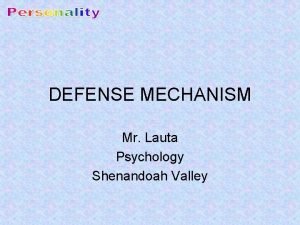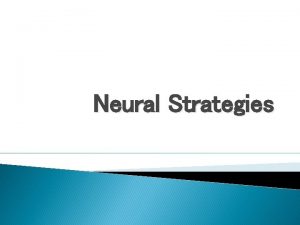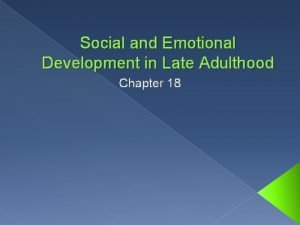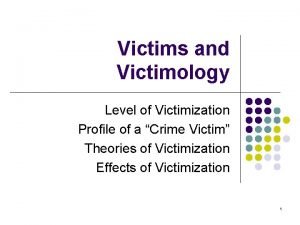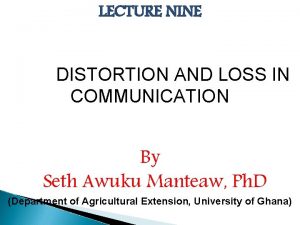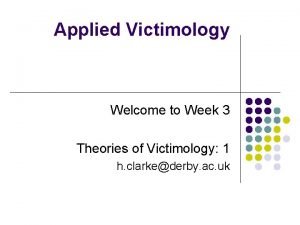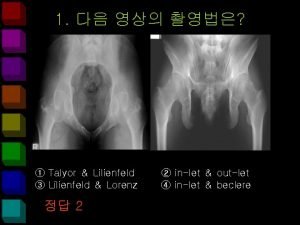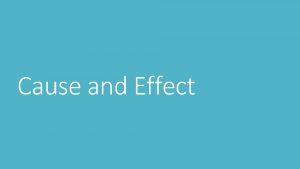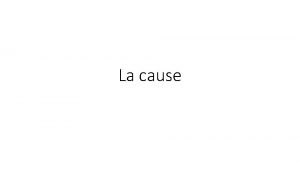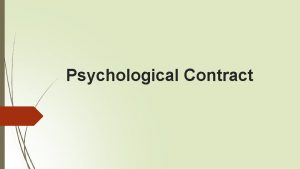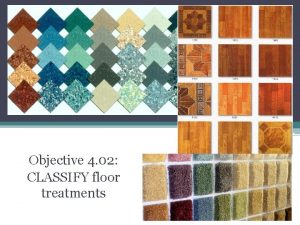Lilienfeld S O 2007 Psychological treatments that cause































- Slides: 31








Lilienfeld, S. O. (2007). Psychological treatments that cause harm. Perspectives on Psychological Science, 2, 53 -70.

Westen, D. , Blagov, P. S. , Harenski, K. , Kilts, C. , & Hamann, S. (2006). Neural bases of motivated reasoning: An f. MRI study of emotional constraints on partisan political judgment in the 2004 U. S. presidential election. Journal of Cognitive Neuroscience, 18, 1947 -1958.

Norton, M. I. , Mochon, D. , & Ariely, D. (2012). The IKEA effect: When labor leads to love. Journal of Consumer Psychology, 22, 453 -460.



Huxham, M. & Land, R. (2000). Assigning students in group work projects: Can we do better than random? Innovations in Education and Training International, 37(1), 17 -22. Michaelsen, L. , Knight, A. , and Fink, L. (eds) (2004). Team-based learning: A transformative use of small groups in college teaching, Sterling, VA: Stylus Publishing

Stasser, G. , & Titus, W. (1985). Pooling of unshared information in group decision making: Biased information sampling during discussion. Journal of Personality and Social Psychology, 53, 81 -93

Bowers, C. , Pharmer, J. , and Salas, E. (2000). When member homogeneity is needed in work teams: A meta-analysis. Small Group Research, 31(3), 305 -327. Hassanien, A. (2006). Student experience of group work and group assessment in higher education. Journal of Teaching in Travel and Tourism, 6(1), 17 -39. Lehman, M. (2007). Influence of learning style heterogeneity on cooperative learning. NACTA Journal, 51(4), 17 -22.




• Problem solving is often easier when framed by supportive, concrete context (Nisbett & Ross, 1980; Wason & Shapiro, 1977) • Authentic, immersive scenarios can be highly motivating and less intimidating (Edelson & Reiser, 2006, Grigorenko, Jarvin, & Sternberg, 2002), and more meaningful (Barab & Roth, 2006; Ladson-Billings, 1995) • Contexts bring in useful constraints for improving performance (Mc. Neil Uttal, Jarvin, & Sternberg, 2009; Nunes, Schliemann, & Carraher, 1993; Verschaffel et al. , 2000) • Concrete cases are often more memorable (Paivio, 1990) • Visual processes used for concrete objects can be co-opted for abstract reasoning (Glenberg et al. , 2004; Goldstone & Barsalou, 1998) • Concrete details are not always superficial, but are cues as to deep principles (Bassok, 1996)

• Knowledge is less tied to a specific domain (De. Loache, 1995; 2000) • Critical essence of a phenomenon is highlighted as distracting details are eliminated (Goldstone & Sakamoto, 2003; Kaminski, Sloutsky, & Heckler, 2008) • Hard to interpret something as both an object and a symbol (Uttal, Scudder, & De. Loache, 1997) • Extraneous cognitive load of details (Kalyuga, Ayres, Chandler, & Sweller, 2003)



The world of lamp design and retail is competitive and cut-throat. Imagine that you are invited to the 50 th annual meeting of the “Lamp Designers Guild” that happens to be held in Bloomington, Indiana. You are invited to this convention as an expert statistician to help settle a fight that has broken out among the attendees. . . Often times, it is useful to have a summary characterization for a set of data. Imagine, for example, trying to come up with an apt summary for the number of quality assessments passed by a set of lamps. Imagine that you are invited into a classroom as an expert statistician to help settle a fight that has broken out in the classroom. The classroom is Mrs. Perkins’ sixth grade pre-algebra class in Bloomington, Indiana. The fight has to do what score best represents the class’ overall performance on a mathematics exam. Your task is to address the entire class, and give it advice on which of three possibilities is best. Often times, it is useful to have a summary characterization for a set of data. Imagine, for example, trying to come up with an apt summary for the number of correct answers to a mathematics exam in a small classroom.

Improvement (Posttest - Pretest) 0. 5 Rich Idealized 0. 4 0. 3 0. 2 0. 1 0 Intra-Domain Extra-Domain

Motz & Goldstone (in prep. )



Dickson, K. L. , Miller, M. D. , & Devoley, M. S. (2005). Effect of textbook study guides on student performance in introductory psychology. Teaching of Psychology, 32, 34 -39



 Lilienfeld transistor
Lilienfeld transistor Thơ thất ngôn tứ tuyệt đường luật
Thơ thất ngôn tứ tuyệt đường luật Tôn thất thuyết là ai
Tôn thất thuyết là ai Ngoại tâm thu thất chùm đôi
Ngoại tâm thu thất chùm đôi Walmart thất bại ở nhật
Walmart thất bại ở nhật Gây tê cơ vuông thắt lưng
Gây tê cơ vuông thắt lưng Block nhĩ thất độ 2 type 1
Block nhĩ thất độ 2 type 1 Tìm vết của đường thẳng
Tìm vết của đường thẳng Sau thất bại ở hồ điển triệt
Sau thất bại ở hồ điển triệt Thể thơ truyền thống
Thể thơ truyền thống Con hãy đưa tay khi thấy người vấp ngã
Con hãy đưa tay khi thấy người vấp ngã Ter death certificate
Ter death certificate Ultimate cause of behavior
Ultimate cause of behavior Proximate causes of behavior
Proximate causes of behavior Imprinting biology examples
Imprinting biology examples Diabetes treatments
Diabetes treatments Level 3 electrical facial
Level 3 electrical facial Advanced surface treatments
Advanced surface treatments Alternating treatments design
Alternating treatments design Insomnia treatment
Insomnia treatment Hiv treatments
Hiv treatments Dementia treatments and interventions near patterson
Dementia treatments and interventions near patterson Urinalysis
Urinalysis Types of style
Types of style Rationalization defense mechanism
Rationalization defense mechanism Hydrotherapy
Hydrotherapy Psychology perspectives chart
Psychology perspectives chart Elders' housing preferences reflect a strong desire for
Elders' housing preferences reflect a strong desire for Psychological types of victims
Psychological types of victims Noise in communication
Noise in communication Dynamics of personality examples
Dynamics of personality examples Mendelsohn's theory of victimization
Mendelsohn's theory of victimization





















